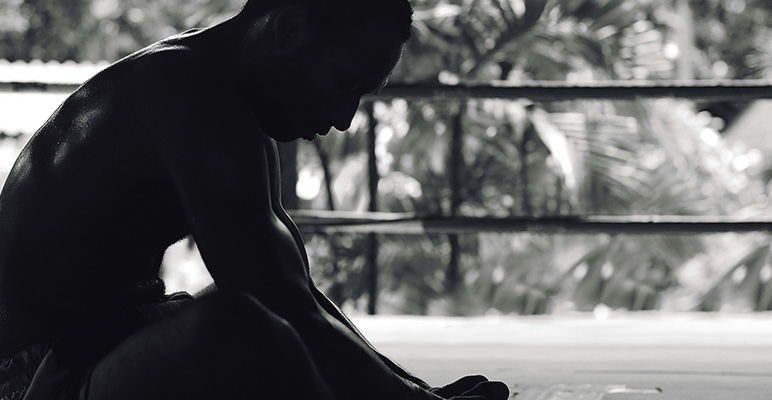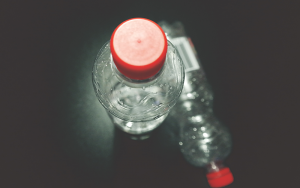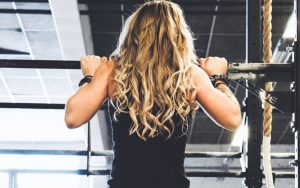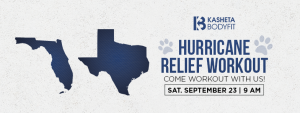Powerlifting can seem daunting to an outsider. But, the truth is, it is a rewarding fitness sport that allows athletes to set goals and progress as a lifter. Lifters don’t have to be Olympic athletes, either! Keep reading to get a brief history and learn how to get started.
Powerlifting is a strength sport that originated in Roman and Greek times. In the 1950s, it was modernized in the United States and the United Kingdom. The sport can be simply described as a competitive workout that is comprised of three attempts at three lifts- all at the highest weight possible. The competitor attempts one repetition – or one complete motion – in a squat, benchpress and deadlift.
Lifters are divided and then subdivided into multiple classes determined by weight, age, and experience.
Let’s go into the basics of each lift.
Deadlift
During a deadlift, the competitor will attempt to lift the bar from a squatting position. The lifter stands in front of the bar and grips it, standing all the way up and lifting the bar while pinching their shoulder blades together.
Benchpress
A lifter does a benchpress from a nearly vertical position, lying on their back on a bench, their feet flat on the floor. The lifter lines their body up with five contact points: hands to bar, head to bench, shoulders to bench, butt to bench, feet to ground and presses the bar up.
Squat
The lifter with stand with feet shoulder width apart, face toes straight ahead to slightly turned with the back positioned across their upper back. Slowly bending their knees, the lifter will sink down to the lowest post they can without rounding their back. To finish the, the lifter drives their heels through the floor to stand back up.
During each of these lifts, a competitor always has a spotter to help them avoid injury.
Equipment That Lifters Need
It might seem as if there isn’t much equipment involved, but there are a few items often associated with a powerlifter. Every lifter should equip themselves with the following:
- Sneakers: Flat shoes like Chuck Taylors are strongly recommended for squatting and deadlifting. For the bench press, it’s recommended that lifters wear shoes with a raised heel.
- High socks: To prevent bloody shins, lifters usually wear long socks.
- Lifting belt: Lifting belts can help prevent injury, when used correctly. It’s important that lifters learn how to use them properly without becoming dependent on them.
- Wrist wraps: Another item that helps prevent injury, wrist wraps keep the wrists straight during benchpress and squat lifts.
- Singlet: This one-piece uniform is required during competitions.
Safety Precautions
Safe lifting is comprised of four elements: training, nutrition, technique, and spotting. It’s important that lifters follow all protocols. Ignoring any of these important elements can result in injury that will not only end a career, but can also be permanently debilitating.
Training
A lifter doesn’t necessarily have to be a bodybuilder or at a specific level of fitness in order to begin training, though they should be accustomed to a regular workout training plan. Often, the first thing many programs will have the lifter do is establish their one-repetition maximum (1RM) – or the most weight they’re currently able to lift. This gives lifters a baseline to measure progress against, and also a way to determine the proper opening attempt for each lift. In competitions, lifters have three opening attempts, each only a percentage of their 1RM.
It is crucial to have a solid powerlifting training plan created by a trained professional before anyone begins the sport of powerlifting. This prevents injury and allows the lifter to progress at a regular rate, avoiding injury.
Nutrition
While training, it’s important that lifters take on a nutritious diet to maintain and build muscle properly. Slowly incorporating lean meats and vegetables, protein, supplements (creatine, Vitamin D, and calcium), will keep lifters with optimum energy levels and allow them to build muscle.
Technique
Each lift has its own technique, with specific protocol. Following these instructions helps lifters prevent injury, not to mention rank well during competitions.
Spotting
Lifters should always work with a spotter. Not only will spotters assist and help decrease the likelihood of injury, but they will also help a lifter measure their progress and improve over time.
How to Find and Enter Competitions
Lifters can find local, national, and international competitions listed online or right in their local gym.
First, lifters will need to choose a federation. It may seem daunting, but the easiest way for a lifter to find a federation is to try several in their area. Eventually, lifters will determine which federations they prefer.
Next, lifters must choose a weight class. This is determined by the lifter’s current weight. Some lifters will try to lose or gain weight to fit into a certain class, but losing or gaining weight is not necessary in order to compete.
Finally, lifters can sign up for upcoming competitions by visiting their federation’s website and applying. Federations require annual fees for members, as well as separate fees for each competition.
Get started on your competitive career now – contact info@kashetabodyfit.com if you have any questions regarding powerlifting!





